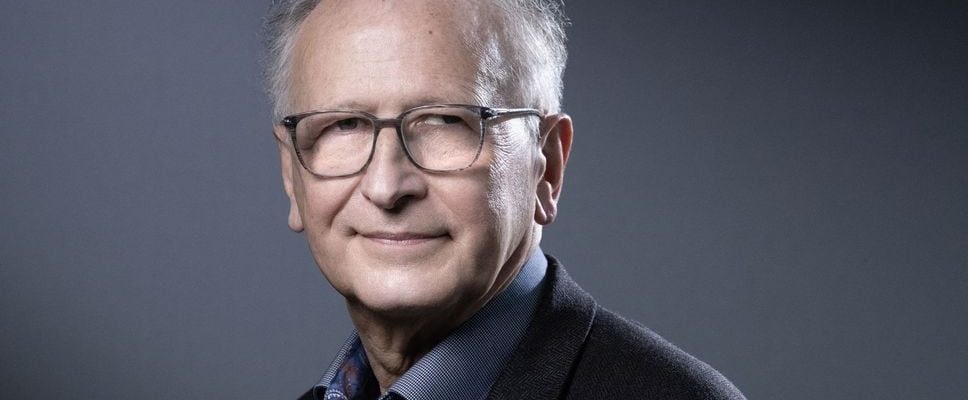Sickle cell anemia is by far the most common hereditary disease in the world: 10 million people affected in sub-Saharan Africa, 30,000 in France, with around 600 new cases per year in our country. This pathology is caused by mutations in the hemoglobin gene – its so-called “beta (β)” chain – if the two genes inherited from the parents are mutated. Hemoglobin, the oxygen carrier within red blood cells, then tends to polymerize, the blood cells become rigid, obstruct the blood vessels, which causes violent painful crises. They also cause chronic damage to organs such as the heart or kidneys, in addition to anemia. In children, strokes can occur. Without treatment, life expectancy does not exceed the age of 10 to 20 years. The disease is widespread in populations of sub-Saharan origin, because, in the heterozygous state (healthy carrier of a single mutated gene), the mutation protects red blood cells against infection by the malaria vector.
A treatment known for more than twenty-five years, hydroxyurea, taken daily, promotes the presence of fetal hemoglobin in red blood cells (not affected by the anomaly) and reduces the risk of painful crises by 75%. This is important progress, although insufficient. And many, in countries where the prevalence can reach 1% of the population, do not yet benefit from it! Allogeneic bone marrow transplantation for patients with a compatible donor can cure 95% of patients. This is a considerable step forward, but it is mainly reserved for patients living in rich countries.
However, research continues to progress. Gene therapy by introducing an unmutated copy of the hemoglobin β gene into bone marrow stem cells reduces the quantity of abnormal hemoglobin called “S” by approximately 50%. This results in a reduction in the number of seizures. This very expensive treatment – around $2 million – is currently only available in the United States. Better yet, an American team has developed a form of gene therapy, called “Casgevy”, which uses the molecular scissors Crispr-Cas9 to block the expression of the abnormal hemoglobin β chain and replace it with hemoglobin fetal. The spectacular results (disappearance of anemia and painful crises) led to the availability of Casgevy in North America and Europe for the price of 1.9 million euros per patient. It is therefore reserved for a small number of patients. Finally, ongoing efforts are seeking to develop new, less expensive drugs that reduce the risk of hemoglobin polymerization with seemingly promising results.
Screening for mutation carriers
Thus, sickle cell anemia is a textbook case: major progress in medical research but the benefit of which is only accessible to a minority of patients, even in rich countries! How to progress? While this disease has long remained marginalized within Western medicine, a better organization of overall care, certainly still insufficient in the face of a growing number of patients, has been put in place in France through a network of expert centers. The generalization of neonatal screening for sickle cell disease, effective since 2023, allows early, and therefore much more effective, treatment of affected children. But around two thirds of affected couples do not know that they risk transmitting the disease.
The implementation of a proposal for screening carriers of the mutation (heterozygotes) would make it possible to considerably reduce the number of new cases, as was the case, for example, in Sardinia over the last thirty to forty years for a another hereditary hemoglobin disease: beta-thalassemia. To do this, it will be necessary to modify the bioethics law which does not currently allow this practice (this proposal was unfortunately rejected during the last revision). Acting on the price of expensive innovative medicines is also becoming an imperative. Finally, it is essential to encourage the initiatives of NGOs, such as Drep.Afrique, aimed at making hydroxyurea accessible to all in Africa and Asia. Our societies must be concerned with ensuring that the advances in scientific research, now tangible, benefit all populations.
* Alain Fischer is president of the Academy of Sciences and co-founder of the Institute of Genetic Diseases.
.
